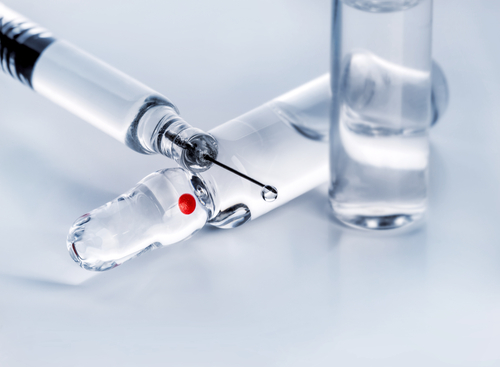Therapy Targeting Specific Mutation Reverses PAH in Mice

Targeting a mutation common to 15-40% of cases of idiopathic pulmonary arterial hypertension (PAH) with a specific drug target may help cure heritable forms of PAH. A study from Dr. Nicholas W. Morrell’s laboratory at the University of Cambridge reversed the signs of PAH in mice treated with bone-morphogenetic protein (BMP) 9, a preferred ligand for the mutated protein BMP receptor 2 (BMPR-II). This may create a new paradigm of treatments for PAH.
“Mice bearing a heterozygous knock-in allele of a human BMPR2 mutation, R899X, which we generated as an animal model of PAH caused by BMPR-II deficiency, spontaneously developed PAH,” wrote Dr. Lu Long, lead author with Dr. Morrell on the team’s paper. “Administration of BMP9 reversed established PAH in these mice.”
As explained in the article, “Selective Enhancement of Endothelial BMPR-II With BMP9 Reverses Pulmonary Arterial Hypertension,” which was published in Nature Medicine, endothelial cells that lack BMPR-II can cause PAH in mice. Restoring BMPR-II rescues the phenotype. This is why the research team hypothesized that stimulating BMPR-II signaling in mutant mice could also help reverse PAH, and they chose to use BMP9 because BMP9 specifically stimulates BMPR-II in endothelial cells.
The researchers found that BMP9 was protective in endothelial cells taken from the pulmonary arteries of PAH patients. Cells were protected from cell death, even in the presence of signals that are known to induce cell death. Injecting BMP9 into mice with PAH induced by mutant BMPR-II reversed all signs of PAH after 4 weeks of treatment. Going a step further, the researchers identified that BMP9 was also effective in reversing monocrotaline-induced PAH and Sugen-hypoxia-induced PAH, two more severe forms of PAH that are more common in literature.
“The ability of BMP9 to reverse disease in the Sugen-hypoxia rat model is a particularly important indicator of the potential application of this treatment strategy to the clinic, as this is the only disease model that recapitulates the intimal lesions and advanced vascular remodeling observed in individuals with PAH,” stated the authors. The team believes that by showing the efficacy of BMP9 in reversing three models of PAH, they may be able to help develop a treatment that is viable in reversing PAH in humans.







